Mastering airport navigation can transform your travel experience from stressful to seamless, and frequent flyers have developed countless strategies to make their journeys smoother.
Whether you’re rushing to make a connection or trying to find a quiet spot during a long layover, knowing how to navigate these massive transportation hubs efficiently can save you time, money, and stress. These insider tips, gathered from seasoned travelers and aviation professionals, will help you move through airports with the confidence and ease of a veteran road warrior.
The ‘Reverse’ Terminal Strategy
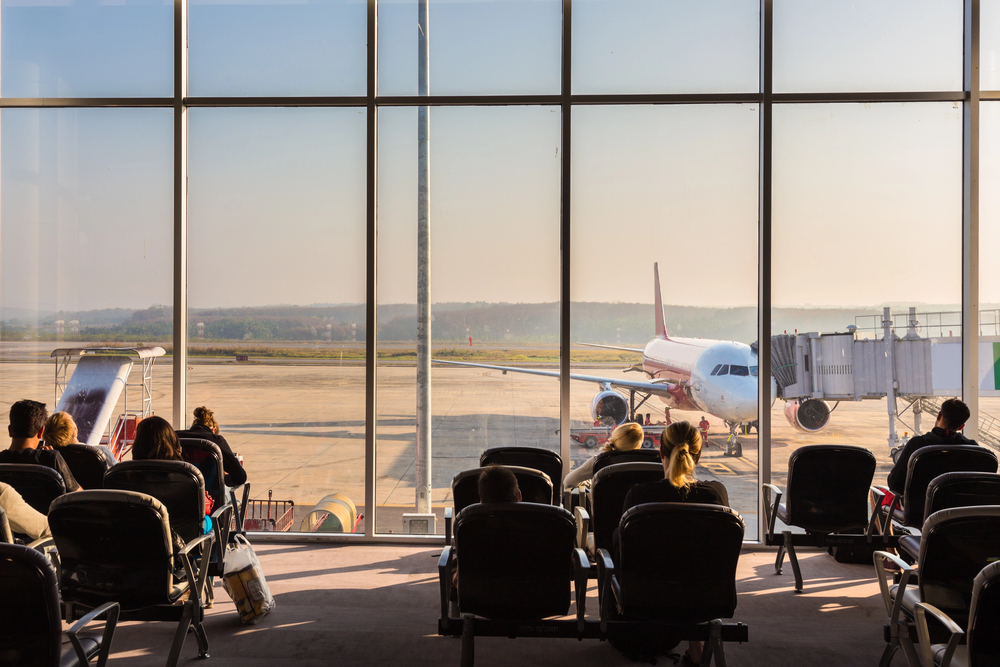
When checking in at major airports, head to the furthest security checkpoint from your entry point, even if it means a slightly longer initial walk. These distant checkpoints typically have shorter lines since most travelers automatically queue at the first checkpoint they see.
You’ll often find that walking an extra 500 feet can save you 20 minutes in the security line. This strategy works particularly well at sprawling terminals like Atlanta’s Hartsfield-Jackson or Chicago’s O’Hare.
The Hidden Rest Zones

Every major airport has unofficial quiet zones that seasoned travelers know to seek out. Look for terminals serving international flights during off-hours, or check the upper levels of multi-story terminals where you’ll often find deserted gate areas.
These spaces typically offer comfortable seating, fewer announcements, and sometimes even power outlets that nobody else is using. Many airports also have meditation or prayer rooms that welcome quiet reflection for all travelers.
Like Travel Pug’s content? Follow us on MSN.
The Security Lane Secret
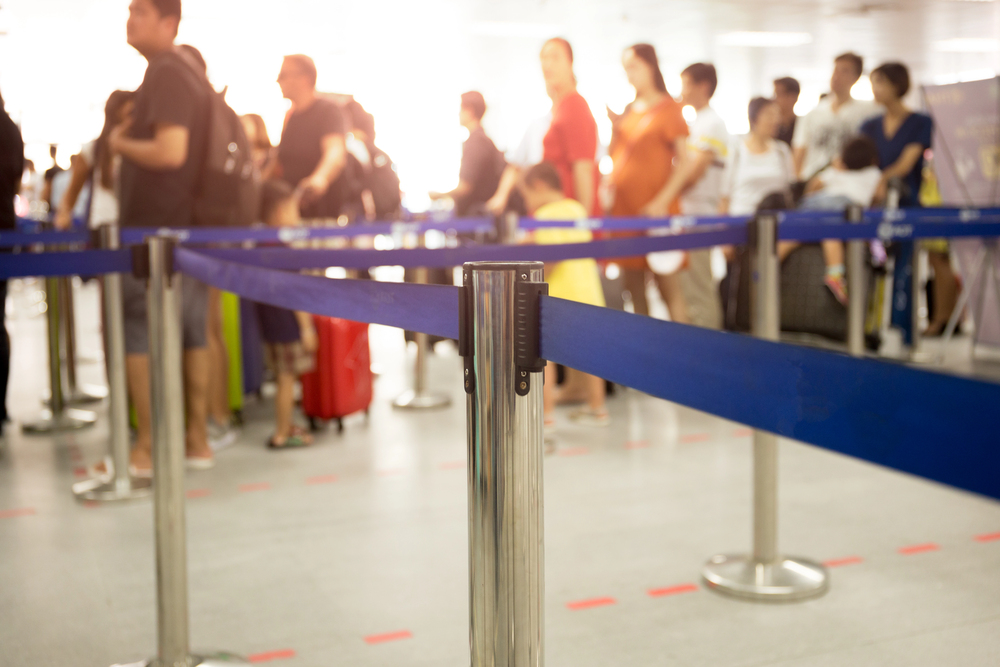
When approaching security, look for the lane furthest from the main terminal entrance and preferably near premium passenger access points. Business travelers typically move quickly through security, making these lanes more efficient even for regular passengers.
Additionally, choose lanes to your left, as most right-handed travelers instinctively veer right, creating longer queues on that side.
The Lounge Hack
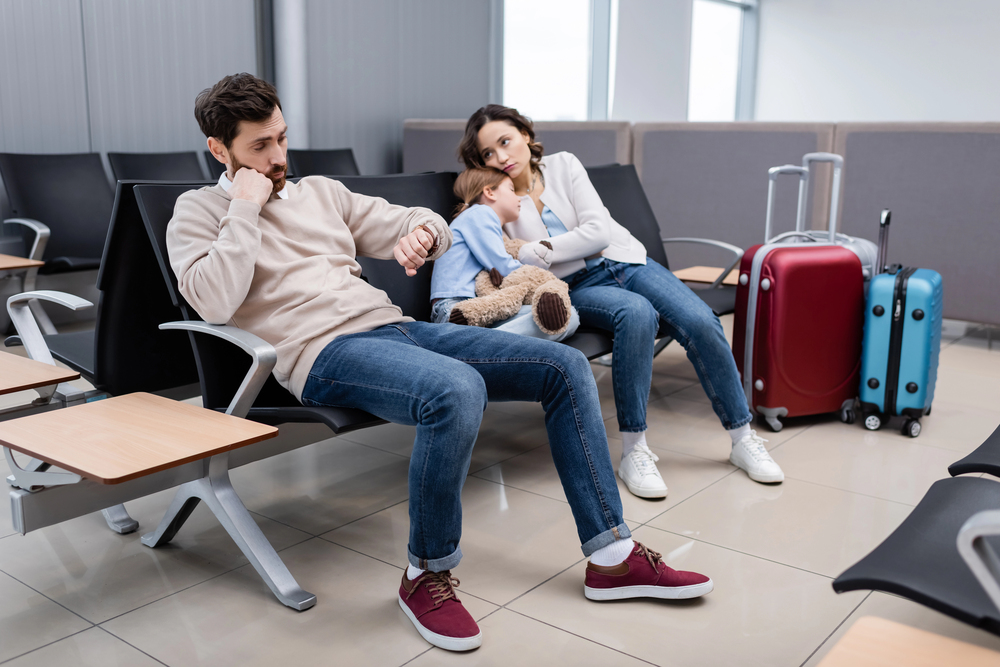
You don’t always need elite status or first-class tickets to access airport lounges. Many credit cards offer Priority Pass membership, while services like LoungeBuddy sell one-time passes that are often cheaper than airport food courts.
During long layovers, a lounge pass can actually save you money when you factor in food, drinks, and Wi-Fi costs. Some lounges even offer day passes with shower facilities, perfect for freshening up between long flights.
The Baggage Claim Shortcut
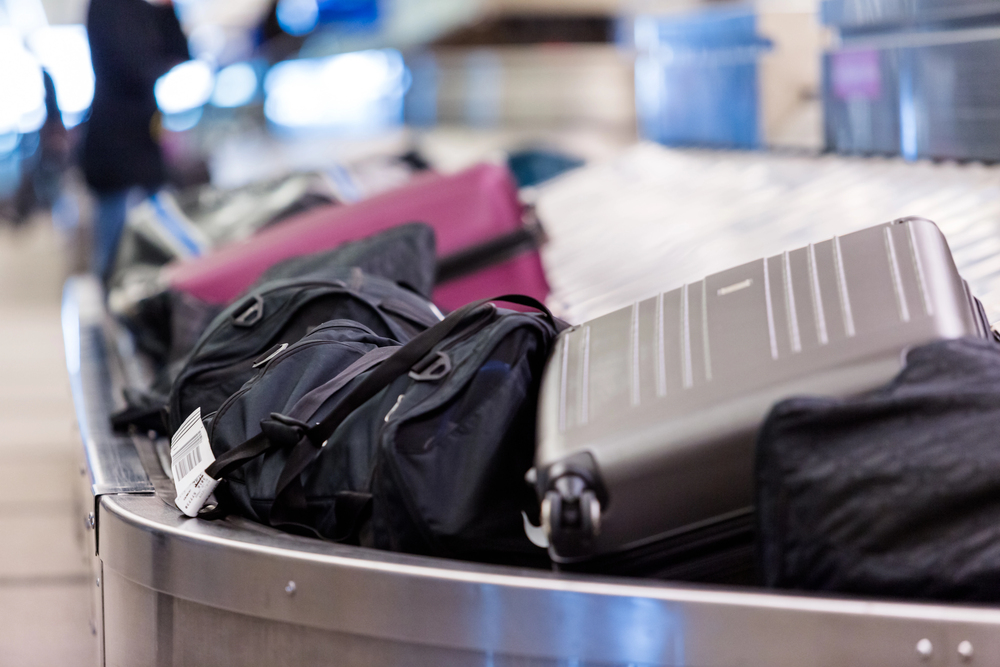
Walk to the furthest baggage claim carousel assigned to your flight instead of crowding around the first one. Many airports use multiple carousels for single flights, and bags often appear on the further ones first.
Position yourself near where the bags first emerge rather than where everyone clusters. This strategy can often save you 15-20 minutes of waiting time at busy airports.
Like Travel Pug’s content? Follow us on MSN.
The Mobile Charging Strategy
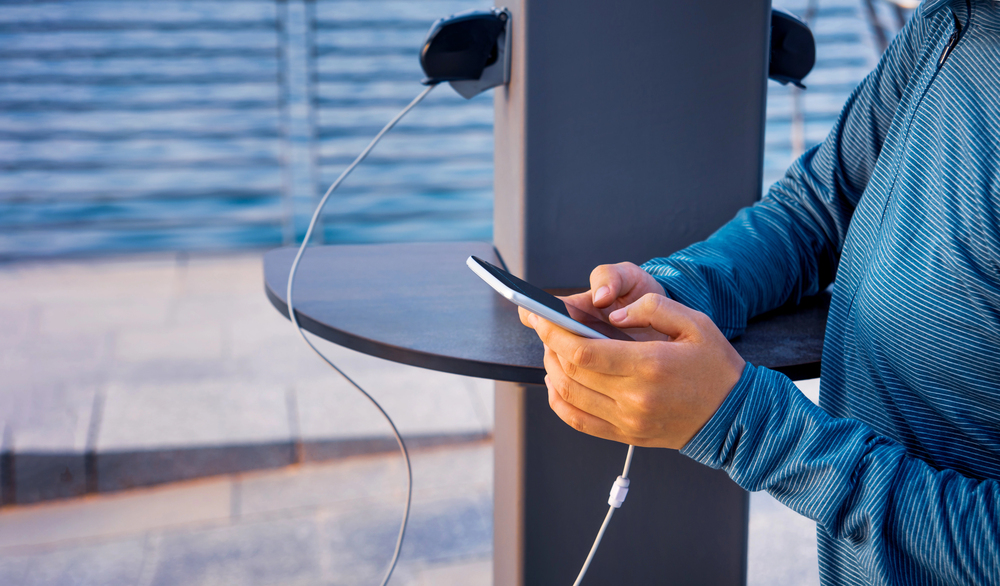
Rather than hovering around crowded charging stations, look for powered art installations or advertising displays – they often have unused outlets nearby. Business centers and empty gates also frequently have available power sources.
Always carry a small power strip; you’ll make friends quickly at crowded gates, and other travelers will usually let you jump the charging queue if you’re providing additional outlets.
The Terminal Transfer Trick
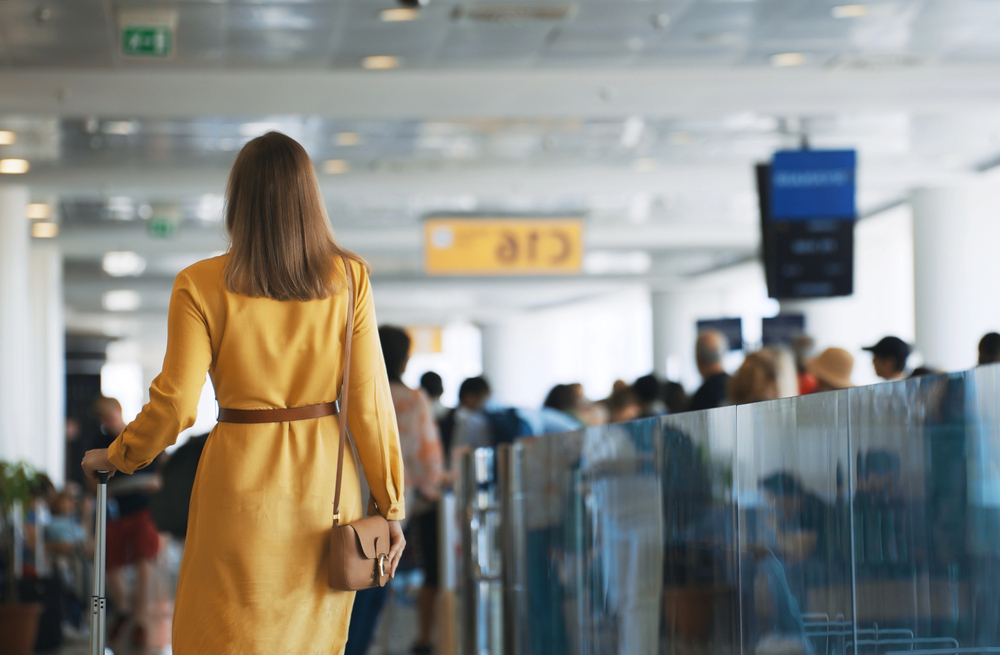
When booking connecting flights, check if your airport has multiple security checkpoints between terminals. Sometimes, exiting secure areas and re-entering through a different checkpoint is faster than using crowded inter-terminal trains or walkways.
This works particularly well at airports like Los Angeles International, where terminals aren’t all connected airside.
The Weather Delay Strategy
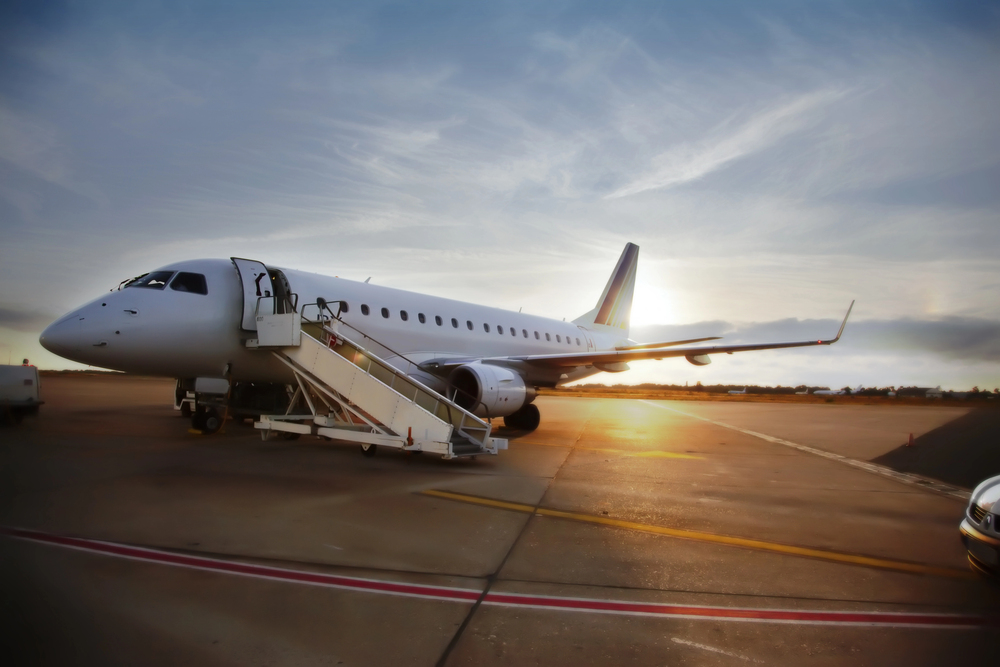
During bad weather, immediately check alternative flights and routes while everyone else waits in customer service lines. Use airline apps to explore options and call international reservation numbers, which often have shorter wait times.
Having a pre-researched backup route can make the difference between getting home that day or being stranded overnight.
Like Travel Pug’s content? Follow us on MSN.
The Early Morning Advantage

Book the first flight of the day whenever possible. These flights have the highest on-time performance rates because the aircraft typically arrive the night before.
Security lines move faster in the early morning hours, and you’ll find cleaner facilities and fresher food options. Even airport staff tend to be more energetic and helpful during morning shifts.
The Gate Change Gambit
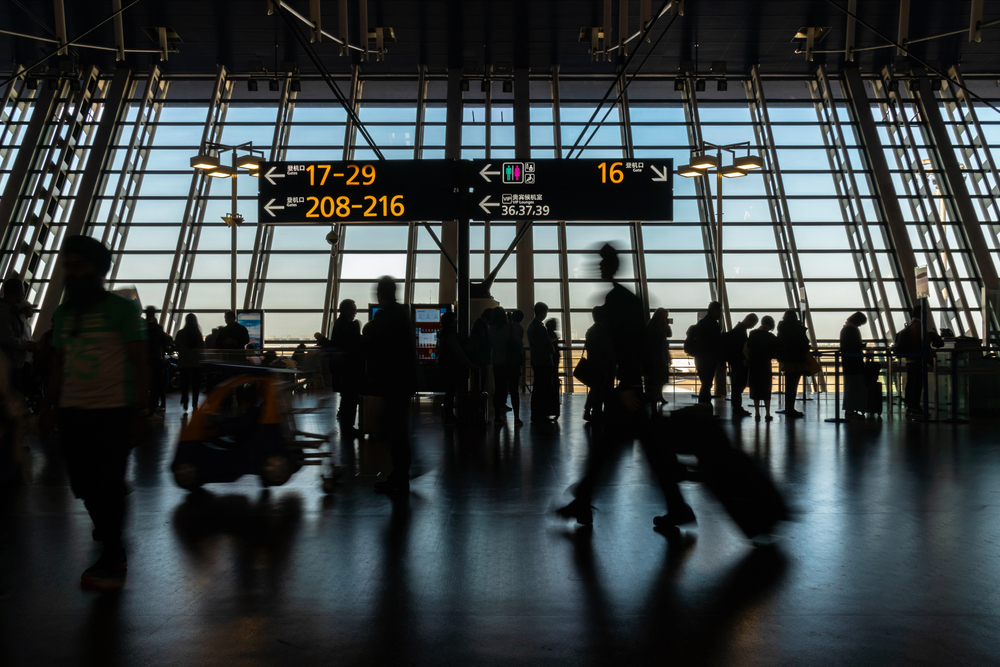
Download your airport’s official app for real-time gate updates rather than relying solely on departure boards. Gate changes often appear on apps several minutes before they’re announced publicly, giving you a head start when you need to relocate.
This can be particularly valuable during weather disruptions when multiple flights are being reassigned.
The Priority Line Leverage
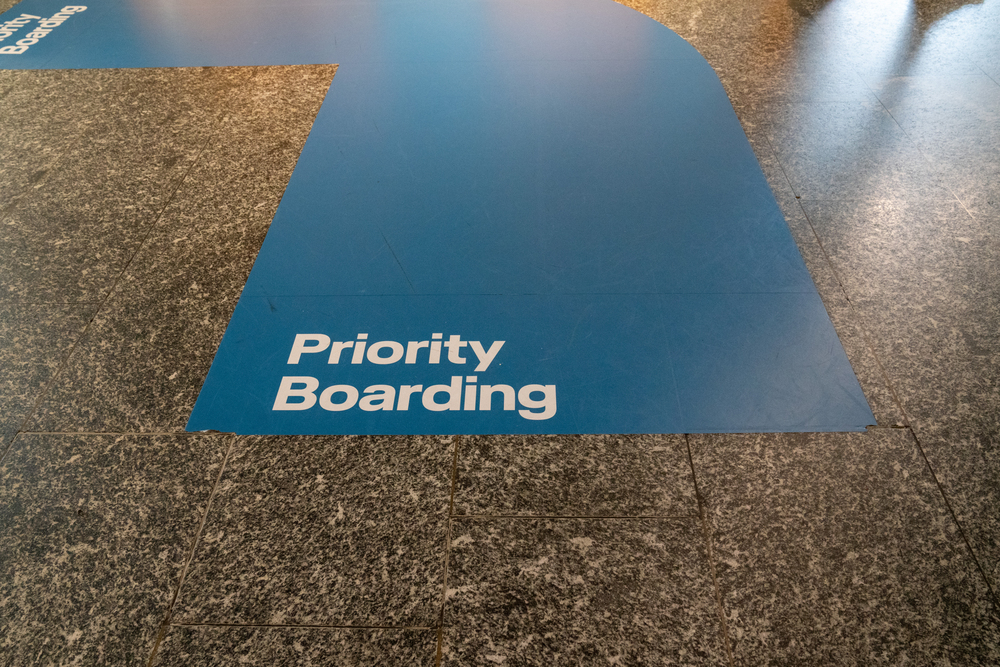
Even without elite status, you can often use priority check-in lines if you’ve completed online check-in and only need to drop bags. Many airlines don’t strictly enforce these lines during off-peak hours, and a polite request to use them is often granted.
This works especially well if you arrive during shift changes when staff are more flexible.
Like Travel Pug’s content? Follow us on MSN.
The Customs Fast Track
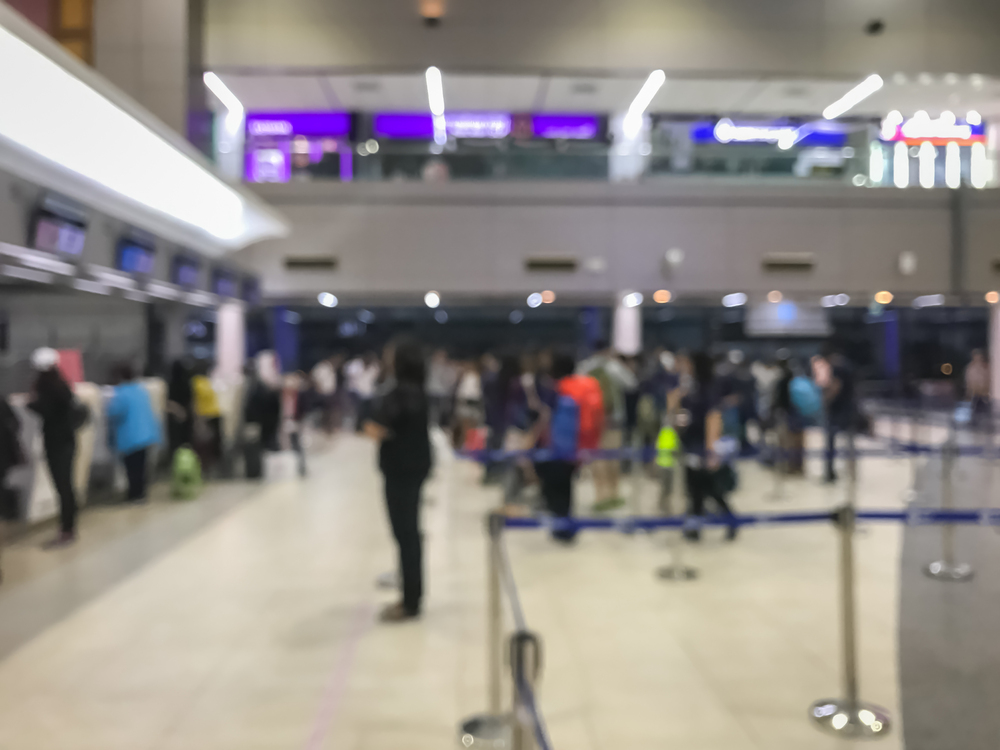
Download the Mobile Passport app for U.S. customs, even if you have Global Entry. Sometimes Mobile Passport lines move faster than Global Entry during peak arrival times.
Keep photos of your important documents in a secure cloud service, making it easier to fill out customs forms without digging through your carry-on.
The Food Court Strategy
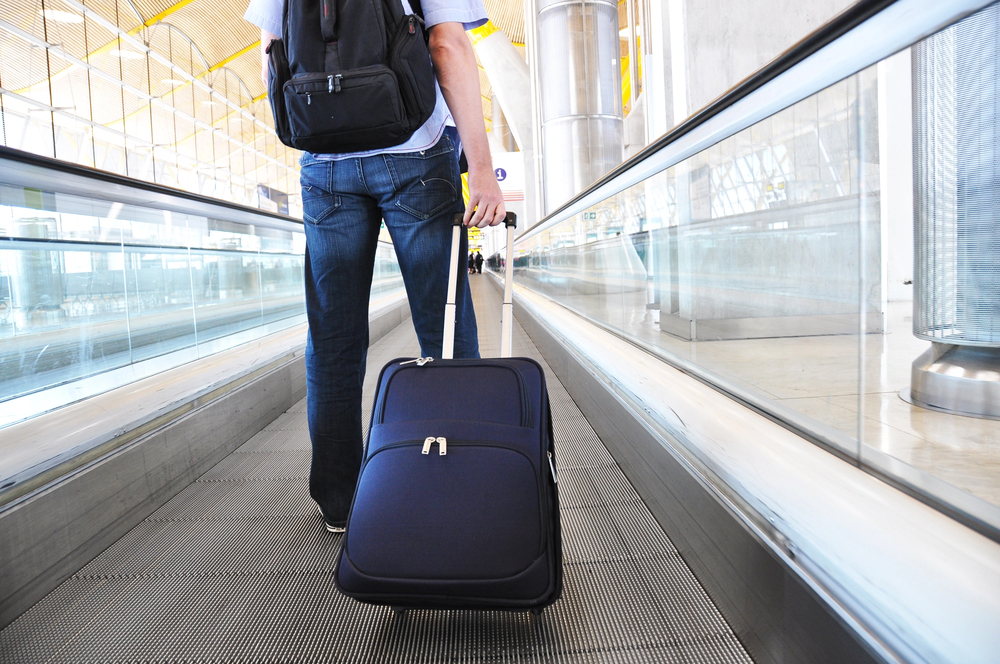
Rather than joining long lines at airport food courts, look for grab-and-go options in smaller terminal shops. These often stock the same items at lower prices and with shorter waits.
Many airport convenience stores now offer fresh food options that rival their food court counterparts. During morning hours, consider lesser-known coffee shops instead of major chains.
The Delayed Flight Protocol
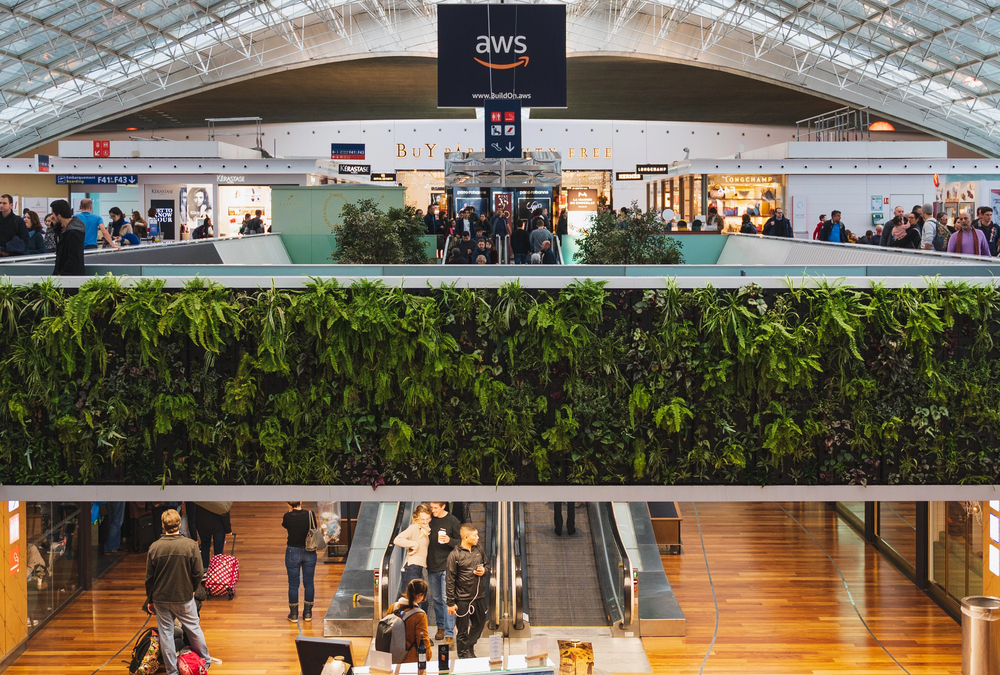
When facing delays, immediately check if your airline has interlining agreements with others serving your route. A polite request to be rebooked on another carrier is often granted if delays exceed two hours.
Keep your airline’s customer service number saved, and consider using their social media teams, which can often help faster than gate agents.
Like Travel Pug’s content? Follow us on MSN.
The Security Line Assessment
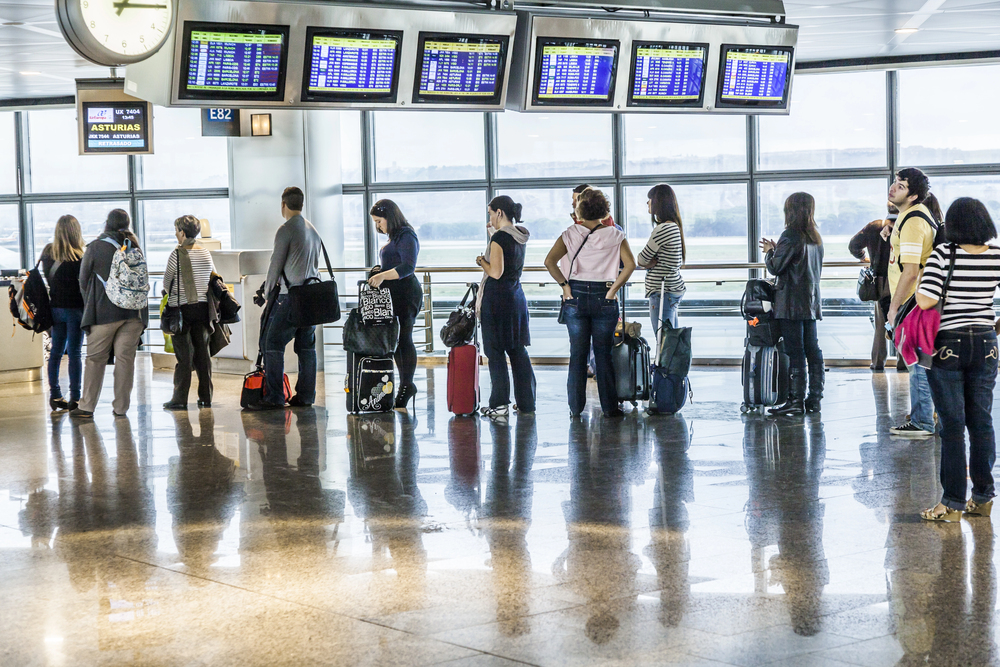
Before choosing a security line, count the number of bins used by passengers rather than the number of people. A line with fewer people but more bins per person (typically business travelers with multiple devices) can take longer than a longer line of efficiently packed leisure travelers.
Look for lines with passengers who appear prepared with liquids already separated and laptops ready.
The Terminal Navigation Shortcut
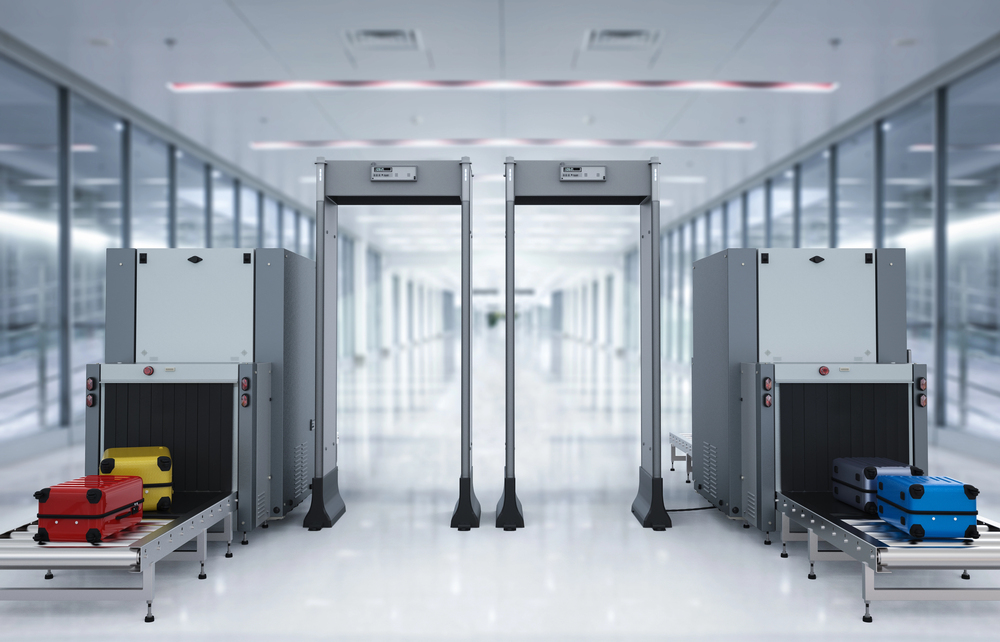
Study your airport’s terminal map before arrival and save it offline. Notice that most airports follow standard layouts with similar services at regular intervals.
Restrooms typically alternate sides of terminals every few gates, and water fountains are usually near restrooms. This knowledge helps you plan efficient routes without constantly checking signs.
The Baggage Crisis Prevention
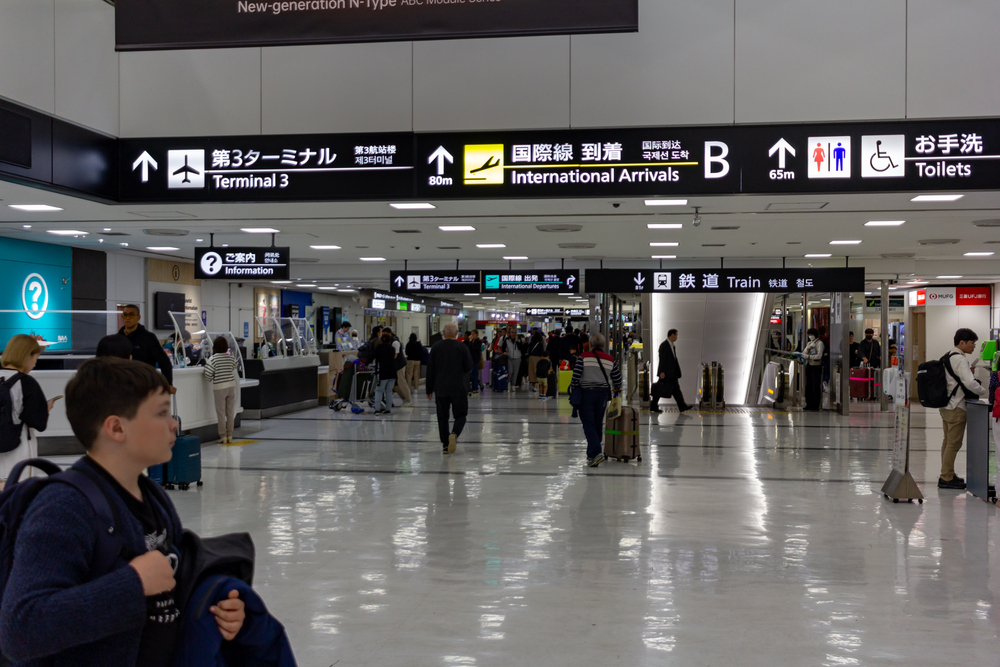
Take a photo of your checked bag and its tag before it heads down the conveyor belt. In case of loss, this provides exact details for airline staff and proves your bag’s condition at check-in.
Keep essential items and a change of clothes in your carry-on, and consider shipping bulky items ahead for extended trips.
Like Travel Pug’s content? Follow us on MSN.
The Gate Agent Approach
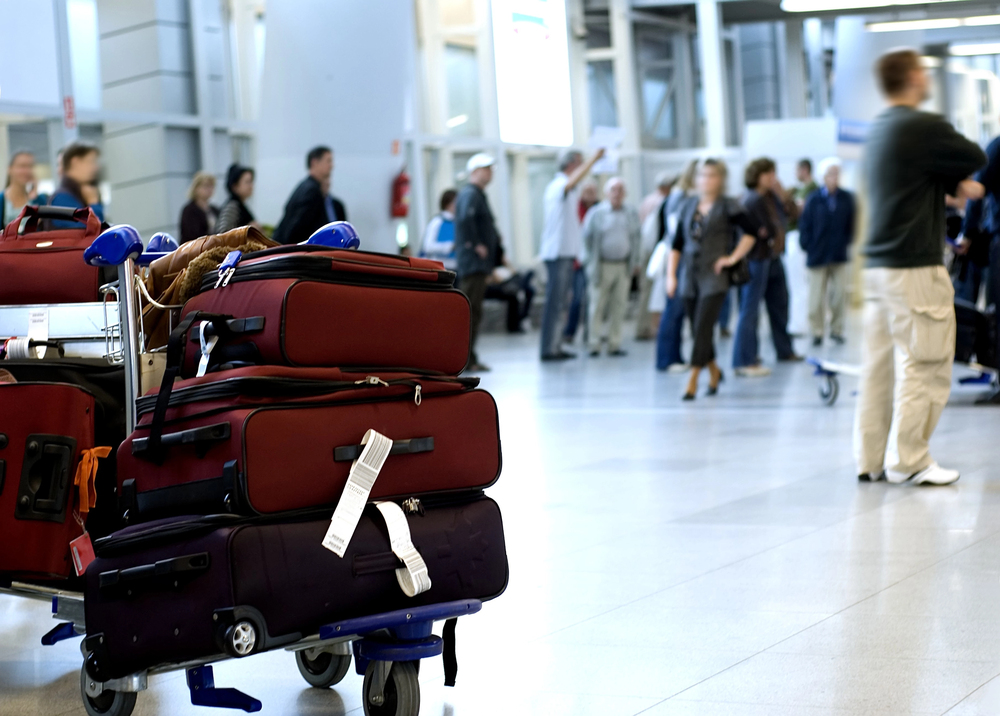
When you need help from gate agents, approach them between boarding phases rather than during active boarding. They’re more likely to assist with special requests, seat changes, or future flight arrangements during these quieter moments.
Always have your flight details and requests ready to maximize their time.
The Pre-Flight Facilities Check

Visit restrooms about 30 minutes before boarding begins, when lines are shortest, and facilities are typically cleaner. Check the facilities near your arrival gate as well – some terminals have better maintained or more spacious restrooms than others.
This knowledge proves invaluable during tight connections or when traveling with family.
The VIP Service Leverage

Consider booking VIP meet-and-greet services during complex international connections or when traveling with family. These services are often surprisingly affordable at international airports and can dramatically smooth your journey through customs and immigration.
Some credit cards even offer discounts on these services, making them comparable to standard airport transportation costs.
Like Travel Pug’s content? Follow us on MSN.
Your Journey, Elevated
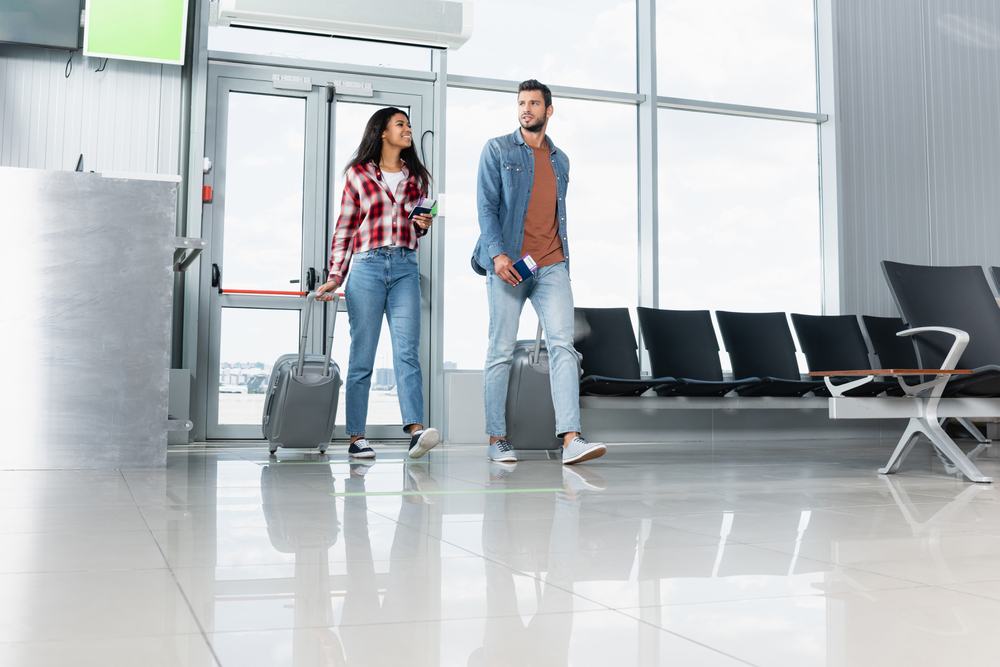
These insider strategies represent just a fraction of the knowledge that frequent flyers accumulate through countless hours navigating the world’s airports. By incorporating these tips into your travel routine, you can transform your airport experience from a necessary hassle into an efficiently managed part of your journey.
Remember that every airport has its own quirks and secrets waiting to be discovered, and don’t be afraid to explore or ask seasoned travelers for their location-specific advice. The key to stress-free airport navigation lies in preparation, flexibility, and a willingness to think beyond the obvious paths that most travelers follow.
More from Travel Pug

- 15 Dangerous European Cities to Avoid
- 15 Caribbean Islands Where Tourists Keep Getting Scammed
- The 20 Most Fascinating Abandoned Places: A Journey Through Time and Forgotten Spaces
- 15 Hidden Places in the Smithsonian Museums Locals Love: A Guide to Lesser-Known Treasures
- 16 Hidden Florida Beach Towns That Aren’t Overrun with Tourists
Like Travel Pug’s content? Follow us on MSN.
